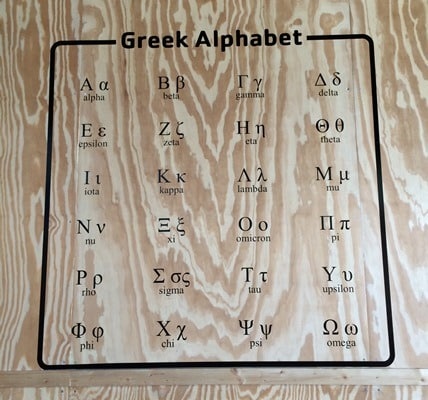The Capabilities of HR Technology – Ask #HR Bartender
Technology plays a huge role in our personal and professional lives. That being said, because there is so much technology on the market, it can be a challenge to figure out what’s available. Reminds me of the idiom “It’s Greek to me”. That’s the challenge in today’s reader question.
I would like to find out what kind of technology is available for new employees in terms of helping them adjust to their job, work environment, and manager. I’m trying to get a picture of what the modern human resources department is doing to help employees succeed.
To help us sift through what HR technology exists, I asked Amber Hyatt, SPHR, director of product marketing at SilkRoad to share her expertise. SilkRoad is a leading provider of cloud-based, human resources solutions. They are a long-time supporter of HR Bartender and I appreciate them sharing their knowledge with us.
Amber, one of the first ways an employee interacts with a company is via their career portal. What types of things can a company include in their career portal that would help a candidate learn more about the job?
Organizations can include employee testimonials, videos, or even journal entries about a day in the life in the position from current employees. The career portal serves as a vessel for organizations to define their values and highlight a rewarding culture for the amazing work people do, including how they give back to the community. This way a candidate can make sure they are a fit to the organization’s culture.
Let’s say after researching a company, the candidate decides to apply. Are there features in applicant tracking systems (ATS) to keep candidates engaged with the organization?
[Amber] Proactive emails can be sent from the ATS to keep candidates informed about what’s going on with the company, and personally invite them to check out the latest information on the career portal. This is also a great way to highlight upcoming company events that serve the community.
Keeping content fresh and new on the portal is key. Having a portal that HR can easily add to and update, without the help of IT, is critical to continually engaging candidates. Also, from the portal you can establish job agents. This is the ability to create a profile or save a search that will notify the candidate when a new position is posted that fits their criteria or profile. This provides candidates with a personal touch without a lot effort from recruiting staff.
Once the candidate is extended an offer, the orientation and onboarding process begins. What are some typical communication pieces contained in onboarding technology?
[Amber] Most onboarding workflows include serving up important paperwork for the new hire to fill out in advance of Day One to help decrease orientation time. Although paperwork and form management is seen typically as tactical onboarding, technology allows onboarding to be a strategic activity that helps reaffirm why the employee has decided to come to work for the organization.
The onboarding process is an opportunity to continually broadcast your brand values and culture to new employees. Employees are welcomed into the organization with a personal communication that begins the onboarding process in a personalized portal. Communication continues throughout the onboarding process, kicking off timely tasks for the employee to complete.
A great way to accomplish this is to provide the employee with rich content, like including a message from the CEO highlighting the organization’s culture and how each employee works towards company goals. Other popular content includes frequently asked questions to take the nervousness out of Day One, a snapshot and bios of their team members to help new employees become acclimated to the organization, and an overview of how career development will be looked at over the next 30 days and throughout the next year in the organization.
Is it possible for a new hire to set performance goals using technology?
[Amber] Yes, new hires can easily set up performance goals. By using an integrated talent management system, a simple task can be initiated during the onboarding process to have the new hire establish goals for the months ahead. To help new employees get started, content can be provided during the onboarding process that highlights the successful benchmarks of current employees and how the goal setting process helped their careers.
Where does the manager fit into these processes? Are they able to view or comment on employee performance, goal-setting, or training?
[Amber] Thanks to performance management technology, managers can provide immediate feedback at any time about an employee’s performance or accomplishments. An easy way to do this is by utilizing a performance journal to provide on-the-fly comments about each employee. This stored commentary also comes in handy when managers are completing formal performance reviews or assessments.
And what about co-workers? If each employee is able to attend training and set goals using technology, is there a way for them to interact with each other?
[Amber] At this day and age with social components all around employees outside the workplace, it’s important to bring elements of social collaboration into the organization. Talent management technology should provide the tools to help employees collaborate socially via established or ad-hoc groups to not only discuss current training, but a broad variety of items including projects, questions for subject matter experts, and office events.
[clickToTweet tweet=”What Is the Modern HR Office Doing to Help Employees Succeed” quote=”What Is the Modern HR Office Doing to Help Employees Succeed” theme=”style3″]
My thanks to Amber and our friends at SilkRoad for helping us understand how human resources technology can help employees throughout their careers. HR professionals have so many things on their plate. Knowing when to use technology and what to handle in person is an important skill.
Image courtesy of HR Bartender
3